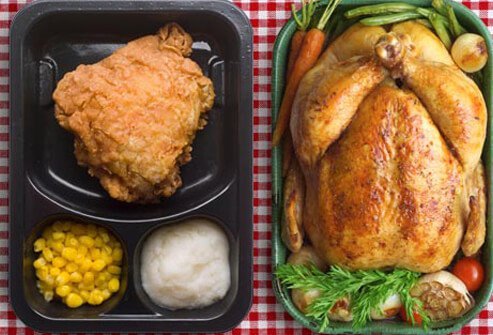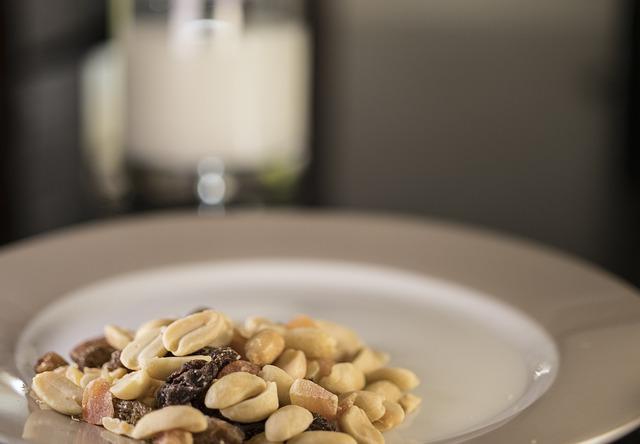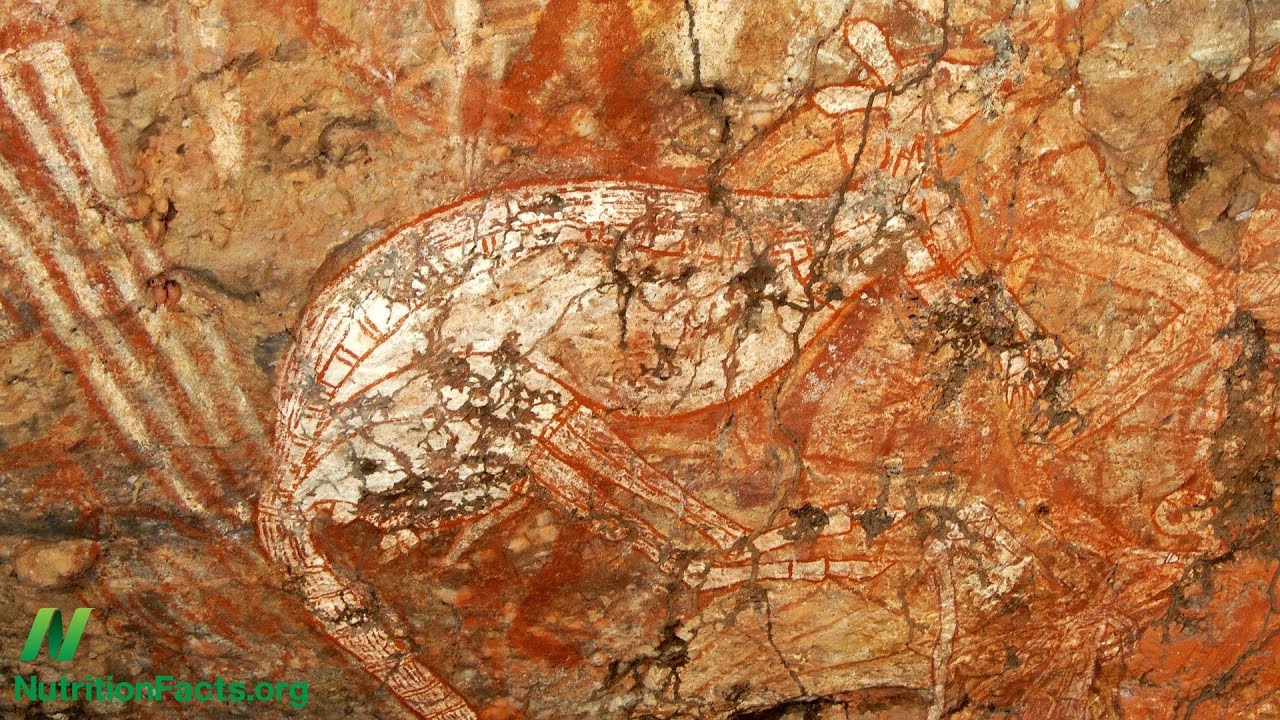
Paleo is not for everyone. In fact, many old nutrition and diet myths still cling to doctor's offices. There are many health benefits to this diet. Learn more about the health-promoting benefits of Paleo. You will need to consider your specific health needs before deciding if it is right for yourself. This article will help guide you through the process of starting a low carb lifestyle. Below are some questions you might have.
Reduces inflammation
The Paleo diet was created with one primary goal in mind: to combat inflammation in the body. The majority of these conversations revolve around questions about nutrients and foods that can cause inflammation. One nutrient that people tend to track is carbs, and a low-carb diet can be highly effective at reducing inflammation. What makes a low carb diet anti-inflammatory, you ask? Here are some ways you can cut down on carbs and still enjoy the benefits of low-carb eating.
Despite the many benefits of the Paleo diet, there is still a lack of research on its effectiveness for people with Hashimoto's disease. For the best possible treatment, you should consult your doctor. The diet has been shown to be effective for chronic illnesses such as Crohn’s, ulcerative, and rheumatoid. While more research is necessary, there is evidence that it may be able to help with diseases like Crohn's, ulcerative colitis and rheumatoid.
Triglycerides

The Paleo Diet is often promoted as a weight loss plan. However, there aren't as many studies on the impact of Paleo Diet on triglycerides as you might think. Studies show that low-carb diets can raise cholesterol and increase triglycerides. However, other studies have shown that they improve heart health. Triglycerides (fat-based energy) are stored in fat cell cells and are fat-based.
Triglycerides are the principal component of bodyfat and are created when calorie intake is converted to fatty oils. These are stored in fat cells and released when energy is needed. Excessive triglycerides, known as hypertriglyceridemia, can cause adverse effects on the cardiovascular system. A low-carb diet can help lower triglycerides.
Study results showed that those who ate a high level of fats and low levels carbs saw significant reductions in their triglycerides. Their total cholesterol levels dropped 13%. Participants experienced no side effects and lost a median of 10 pounds on the low-carb, safe diet. Overweight adults were subject to a 24-week-long ketogenic diet. Results showed lower triglycerides, a reduced body weight and BMI, and improved levels of blood glucose and LDL.
Blood pressure
Many Paleo fans are worried about the negative effects of low-carb eating habits on blood pressure. A healthy diet can reduce blood pressure by lowering cortisol levels, replacing processed foods with whole foods. A low-carb diet doesn't cause orthostatic hypertension (a condition many are worried about). Here are some tips on how to lower blood pressure with a Paleo diet.

One study showed that low-carb eating is better for high blood pressure than conventional diets. It is important to mention that the low-carb diet has been shown not only to lower blood pressure but also to cause weight loss. A Paleo diet can also improve glucose tolerance, insulin secretion, lipid profiles and cholesterol levels. The Paleo diet allows for moderate weight loss, which can help reduce the risk of high bloodpressure and obesity. It also improves glucose tolerance.
Weight
The paleo diet isn't new. While it has been around since the 1960s, it became popular in 2000 when crossfitters and athletes started to use it as a fuel source. Today, there are many food companies offering paleo-friendly products. What exactly is it? What does it do for your body and mind? What is it capable of doing to help you shed weight? Continue reading to learn more. This article will cover the benefits as well as drawbacks of a Paleo diet.
A mixed-carb and fat meal triggers reward circuits in the brain. When carbs and fat are combined together, the insulin response is greater than normal, causing the body to store more fat. The combination is very tasty, so it's easy to gain weight. To help combat this problem, you should limit the intake of sugar, grains, and harmful vegetable oils on the paleo diet. Instead, eat natural whole foods and limit processed food.
FAQ
What is the minimum requirement to become a chef?
No. No. Some even went on to culinary school to gain work experience. Many chefs prefer to attend culinary school for the increased opportunities to learn and grow as professionals. Culinary schools offer students hands-on training, which helps them build valuable skills and improve their cooking knowledge.
Do I require any special equipment?
Cooking doesn't require special equipment. However, having the right tools can make cooking easier. For example, a knife could be used for pasta making or a whisk would be better than a hand mixer for whipping egg whites to stiff peaks. It makes cooking much easier and quicker.
How long does it take to become chef? What is the average career path in this field?
Becoming a chef takes approximately five years. This time you'll learn the basics of cooking and work as a cook assistant. Once you have completed your training, you may apply for executive, sous, and line chef positions. The salary range for a chef is between $25,000 to $60,000 per annum.
How do you become a chef?
There are many routes to becoming a chef. A course at a local community college or vocational school is a good place to start. Consider attending culinary school. The last option is to apply for a job as a paid intern.
Statistics
External Links
How To
How to cook your steak
The type of meat you are cooking will determine the right method to use. For example, thinner steaks are best cooked over low heat, while thicker ones need higher temperatures.
They will lose their flavor if they are overcooked. And remember always to remove the steak from the pan when it's done - this way, you won't burn yourself.
Cooking times depend on the size of the steak and the desired degree of doneness. Here are some guidelines to help you get started:
Medium Rare: Cook to medium rare. This means that the internal temperature should reach 145degF (63degC). This process takes between 3 - 5 minutes per side.
Medium: Cook to medium (or until the internal temperature reaches 160degF/71degC). This usually takes only 6 minutes per side.
Well Done: Cook until well done, which means the internal temps reach 180degF (82degC). This normally takes 8 to 12 minutes per side.